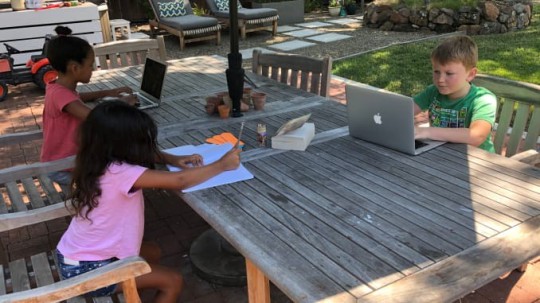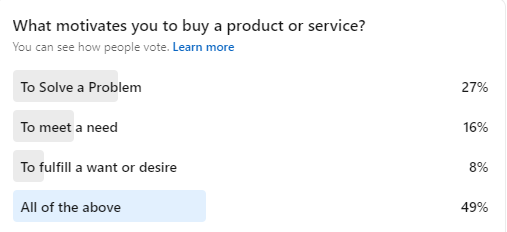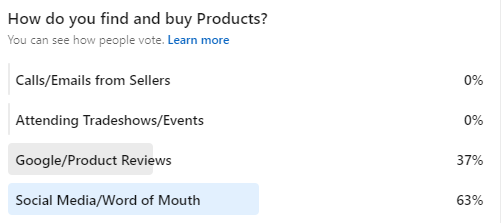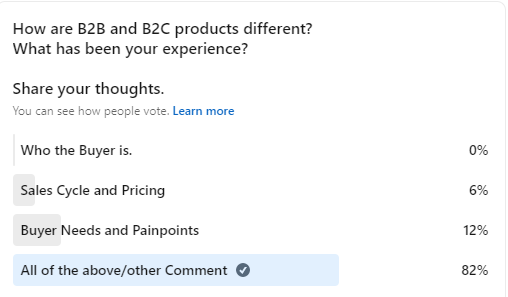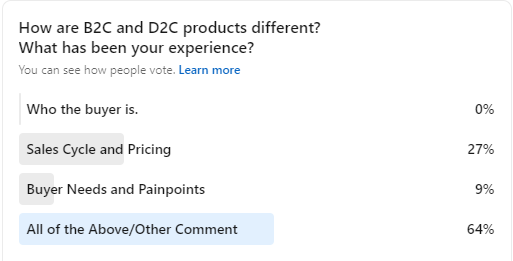Press & Industry Highlights of The 2023 New York Auto Show
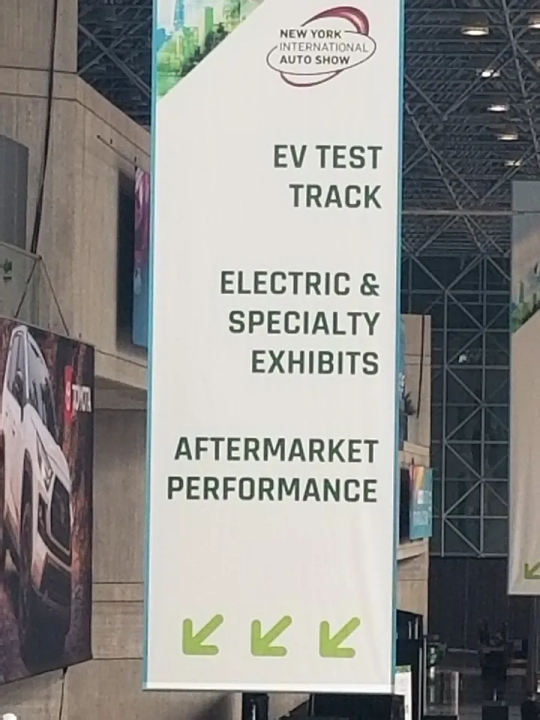
The 2023 New York Auto Show is happening at New York’s Jacob Javits Center.
I had the privilege of covering the New York Auto Show on press and industry days. The show opened with the World Car Awards Breakfast.

I want to congratulate Hyundai for winning multiple awards with its all-new Ioniq 6 EV including the World Best EV Award, World’s Best Design, and 2023 World Car of the Year!
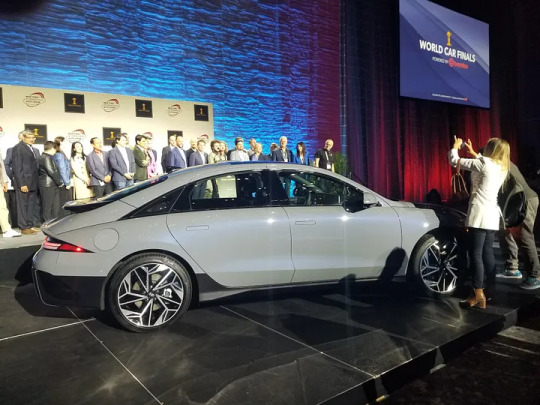

Congratulations to all of the other finalists as well.

I rode along in the Hyundai Ioniq 6 EV on one of the multiple test tracks at the show. It was an exhilarating experience!
The show consists mainly of EVs and hybrid vehicles. There are two levels including using EV test tracks where you can a do ride-along. There are fun exhibits that I recommend that you experience. I rode along on all of the test tracks experiencing various EVs.
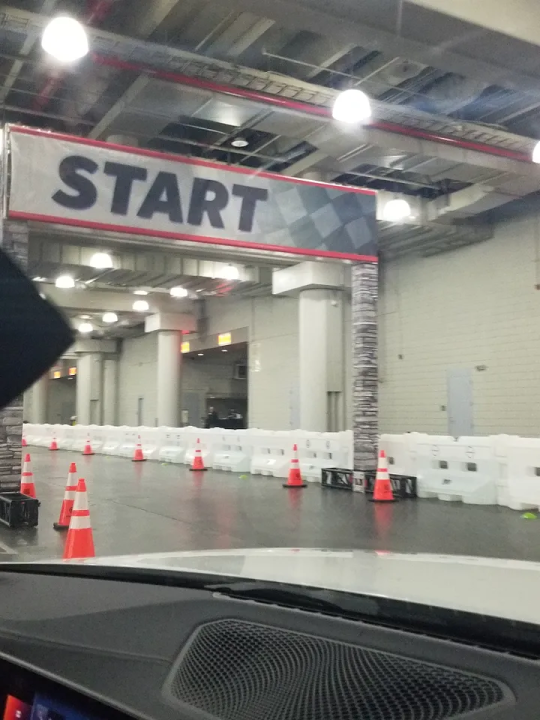
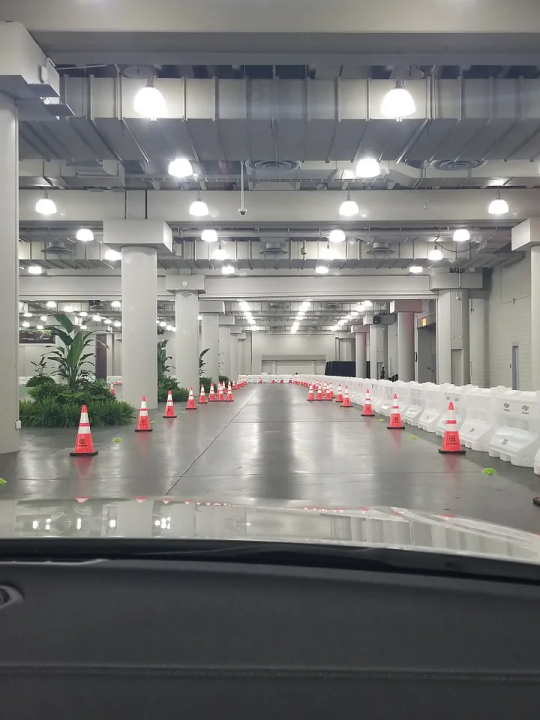
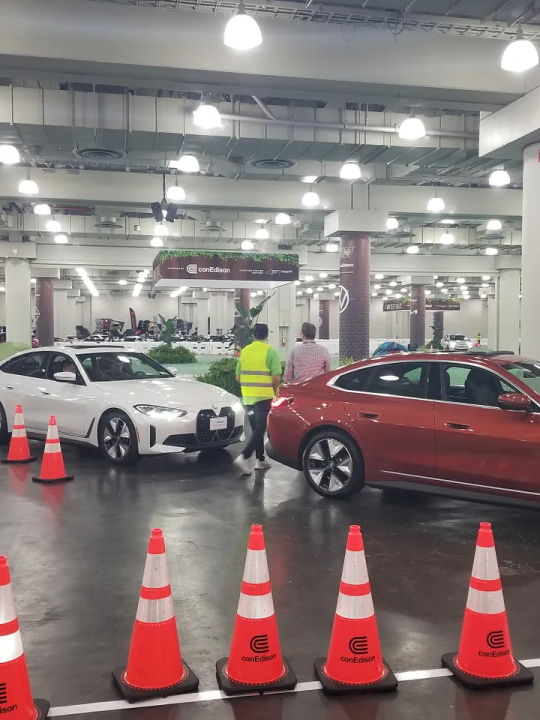
The Jeep track simulates a mountain and off-road driving experience.


If you are interested in learning about EVs, Charging Stations, and electric power there are displays and resources to explore at the show.
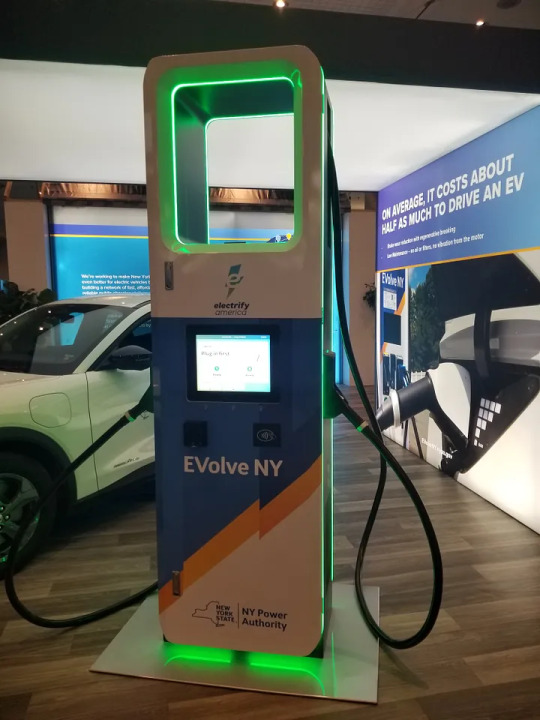
You can find additional pictures posted on Instagram.
There were also some new vehicle roll-outs and major press announcements from Kia, Hyundai, Chrysler, Ram, VW, and many others. You can see some of them below. Kia Press Conference The all new EV9.
Hyundai Press Conference and Reveal Kona N Line, The All New 2024 KONA Electric
https://www.youtube.com/live/oMuxsvlzfW8?feature=share
The Ram 1500 REV all Electric Reveal!
VW ID. Buzz Atlas Peak Edition
Press Conference
Chrysler and Autism Partnership
I enjoyed the Subaru Loves Pets campaign at the show. Subaru is partnering with animal nonprofits to get pets adopted, especially pets that are disabled and traumatized.
The show is open to the public as of yesterday at the Jacob Javits Center located at 429 11th Avenue New York, New York 10001. How to get to the Auto Show. The Auto Show runs from Friday, April 7th, through Sunday, April 16th, 2022. The hours are as follows Monday — Saturday from 10 am to 7 pm and Sundays from 10 am to 7 pm. General admission tickets are $21 for adults and $ 7 for children. If you want early access for this Friday or Saturday tickets are $45 for adults and $7 for children. Tickets can be purchased here.
What are you hoping to see at the auto show?
If you have attended the auto show, what was the most exciting thing you experienced?
Share your thoughts.

